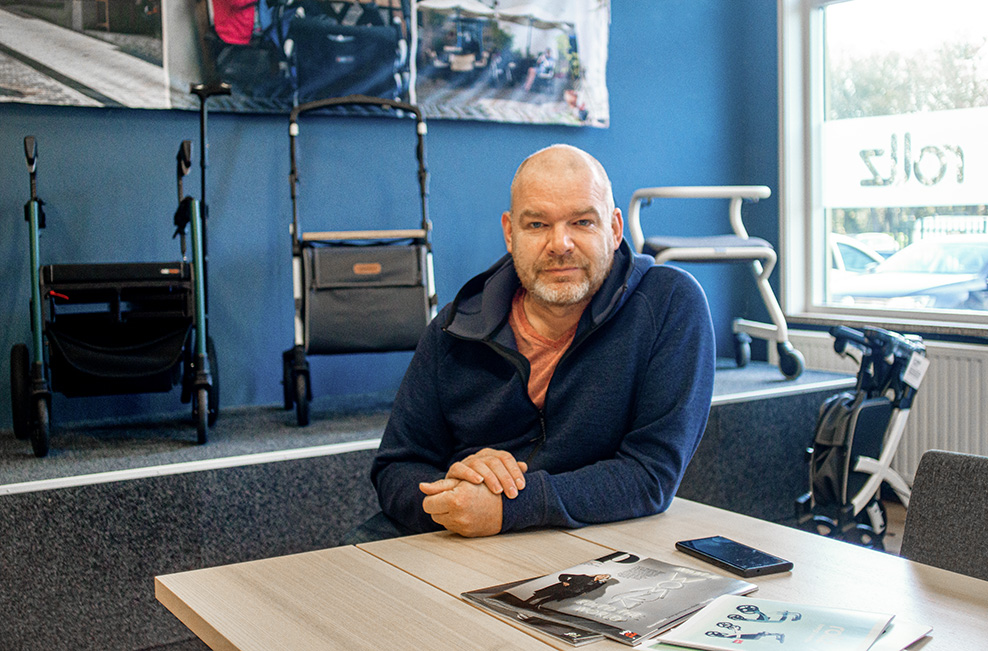Rollz International CEO Martijn Schaaper shares his thoughts on the efficiency of the human body, the importance of good product design and the value of daily exercise and activity.
The human body is a well-oiled machine. At times it may not feel that way, for example when you get up after sitting in the same position for a long time; but the body is incredibly efficient and has a multitude of parts that work together. Take my daughter, for example: she has a foot that turns inward when she walks. Some people may think her foot needs to be straightened, because that would be considered “better” for her body. However, my daughter’s body has efficiently ensured that the positioning of her foot doesn’t significantly affect her in her daily life. Correcting my daughter’s foot through surgery or a brace would probably cause a disruption in the body and lead to additional health challenges – and that’s not something we want to happen.
It’s always important to provide your body with opportunities to exercise and move around. This means you should fixate its parts as little as possible. Ideally, this should be reflected in the designs of all products and utensils that the body has to use. However, this isn’t always the case. A computer mouse, for example, was once designed without considering the natural positions of the joints in the hand and wrist. Instead, a computer mouse fixates the joints from hand to shoulder and causes a number of potential injuries, including what’s known as a ‘mouse arm’. If you’re experiencing symptoms of a ‘mouse arm’, they’re usually a direct result of fixation or lack of movement. In some situations, however, fixation can be necessary in order to maximise mobility.
A person with a spinal cord injury, for example, can benefit from fixating the hips and lower back so that other parts of the body can be moved more effectively. Here, fixation serves a very good purpose.
A body does not simply wear out – at least not by itself
Overuse of different body parts can lead to health issues, as repetitive stress can damage it. Using it makes it stronger. Underuse, however, can make it weaker. In addition, you’ve then got a greater risk of overuse. Using and weight-bearing the hips and knees, for example, makes them stronger. For most people, normal use and movement of the hips and knees won’t lead to wear and tear.
A body usually develops symptoms in parts that have not been trained or used enough. These symptoms are a sign that you need to move that particular body part more frequently. This is always our starting point when designing our products.
Make sure you continue to use and train it in its entirety through daily movement and exercise. This will help you to maximise your mobility, to prevent new symptoms from arising, and to build up physical strength and resilience. Overall, continuous exercise and movement will help your body to remain a naturally well-oiled machine.
